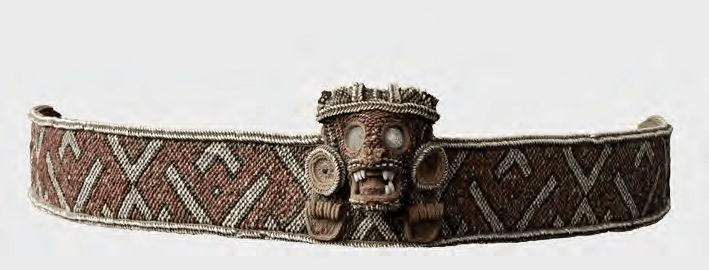One area we wish to learn more about is the Hanyguayaba Cacicazgo of Haiti's Southwest. An important node near the "anus" of the living animal that was Hispaniola (in the mind of the island's native populations), our only detailed references to it are a few allusions in the Spanish chronicles and encomienda records. However, we know the plain of Les Cayes was an attractive area of settlement due to the fertility of its land. Indeed, the numbers from Arranz Marquez's study (the source of the table) of the 1514 repartimiento of Hispaniola suggest the area once had a substantial Indigenous population. In fact, the number of enumerated Indians here (835) exceeded that of Vera Paz (built near the ruins of Xaragua's capital). Of all the Spanish settlements in what is now Haiti, only Yaquimo had a larger population of Indians, but only slightly more than Salvatierra de la Sabana. Of course, the numbers reflected here in 1514-1515 are not necessarily very reliable for what population patterns were like before 1492. Indeed, it is likely that the area of Salvatierra de la Sabana may have experienced less population displacement or relocation since it was so far away from centers of gold mining.
From the little one can glimpse of Hanyguayaba from reading Las Casas, the area was ruled by a powerful cacique who acted as an independent lord due to the distance from Xaragua. Like Xaragua, this cacicazgo was also destroyed after Ovando ordered the destruction of Xaragua. Indeed, Diego Velazquez, the future conqueror of Cuba, had Hanyguayaba's paramount cacique hung. Since the area still had a larger Indian population in 1514, and Las Casas might be more reliable than Oviedo here (the latter, as well as Peter Martyr d'Anghiera, believed that cave-dwelling or hunter-gatherer "primitives" still resided in Haiti's Southwest), we suspect the Hanyguayaba cacicazgo was once a prosperous area. The elusive "primitive" population described in Spanish records was likely fugitives from the destruction of the cacicazgo who sought to maintain their autonomy from the Spanish settlements at Salvatierra de la Sabana.
However, one cannot help but notice that some of the caciques (and their subjects given in encomiendas) were rather large groups, with Diego de Matute leading a group of 86. Even more striking is the rather large child population for Indians in this part of what later became the country of Haiti. In the Southwest, about 95 out of 835 Indians were children, or about 11% of the total population. This is a far higher proportion of children than any other area of western Hispaniola. The only other areas in western Hispaniola that even come close to this proportion of children were Yaquimo (6%), La Vera Paz (8%) and Puerto Real (6%). Of course, if one assumes the 715 adults of child-bearing age were evenly split between men and women (which is likely a false assumption), there may have been around 358 women in this part of the island in 1514. If there were only 95 children, that means there were only 0.26 children per woman, far below what would have been necessary to sustain population increase. The only parts of the island where one could have found more children was in the eastern half, where the majority of the island's population was already shifted to by 1514. For example, San Juan de la Maguana may have had about 0.24 children per woman, slightly fewer than Salvatierra de la Sabana. On the other hand, the Santo Domingo region had 520 children, slightly more than a third of the entire enumerated child population. However, for western Hispaniola, more than 1/3 of its share of the total child population lived in the Salvatierra de la Sabana area/Southwest.


No comments:
Post a Comment